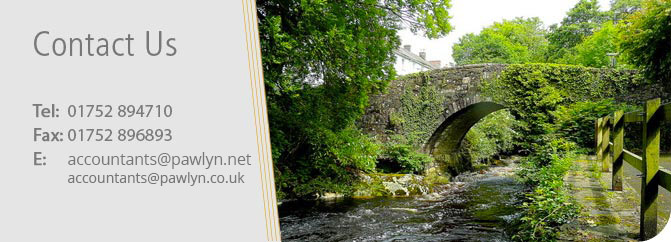There are advantages for tax purposes if the vehicle you buy for your business is considered to be a van as opposed to a car.
If you are VAT registered, you can claim back the VAT added to the purchase price (as long as there is no private use in which case you will have to apportion your claim) and the acquisition will qualify for generous tax allowances.
If you buy a car you cannot reclaim the VAT and tax allowances are far less expansive. There are exceptions; for example, if you by a car to use solely as a taxi or driving school vehicle, then VAT is potentially reclaimable and the ability to write off your investment against profits more likely.
Which begs the question, what is the definition of a car for VAT and tax purposes?
According to HMRC’s definitions set out in their VAT internal manual we will need to consider the following:
From the outside [car derived] vehicles still look like a car. However, from the inside the vehicles look like and function as a van. This is because:
- the rear seats and seatbelts have been taken out, along with their mountings;
- the rear area of the shell is fitted with a new floor panel to create a payload area; and
- the vehicle’s side windows to the rear of the driver’s seat are made opaque.
HMRC have published a list of car derived vans that distinguishes between those that are considered to be cars and those that are considered to be vans. https://assets.publishing.service.gov.uk/government/uploads/system/uploads/attachment_data/file/428510/Car_derived_Van_updateMay2015.pdf
A further complication are double cab pick-ups, are they cars or vans? It would seem that if the payload capacity is one tonne or more then the cab would be considered a van, any less than one tonne would be considered a car.
Obviously, these distinctions are important for VAT and tax purposes. If you are considering your options, we can help you research and buy a vehicle that meets your aesthetic needs and is still a tax effective purchase.



